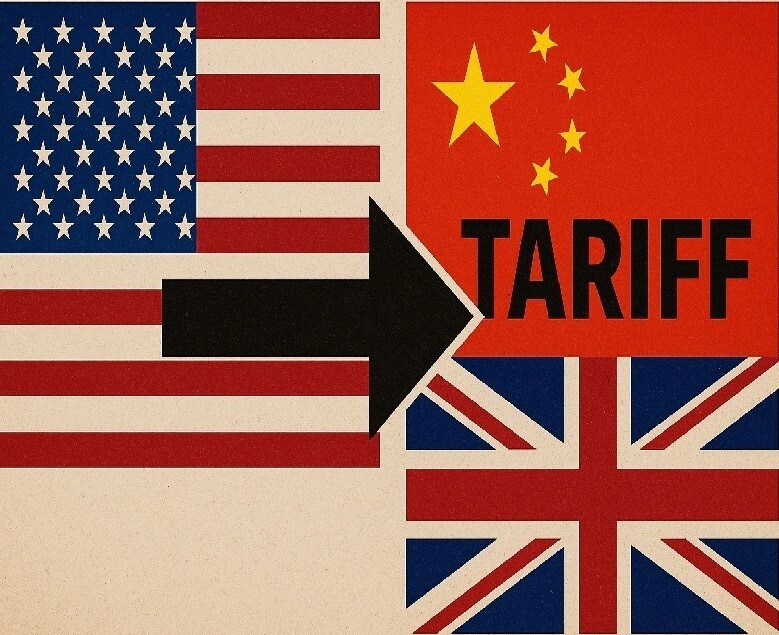

When aluminium prices slipped on both the Shanghai and London exchanges this week, it wasn’t just another market wobble, it was the latest chapter in a trade saga that has stretched over seven years.

What began with a modest tariff in 2018 has grown into a protectionist wall, reshaping how the world’s two biggest aluminium players, China and the UK sell into the American market.
On August 18, US tariffs expanded to cover more aluminium products at a steep 50 per cent rate, just as Chinese smelters reported yet another rise in production. The result was swift: Shanghai’s most-traded aluminium contract fell 0.82 per cent to yuan 20,570 (USD 2,864 a tonne), a two-week low, while London prices slipped 0.4 per cent to USD 2,596.50. For producers, it was a reminder that tariffs and supply gluts often collide at the worst possible moment.
From 2018 to 2025: the climb to 50%
The roots of the current aluminium market turmoil go back to March 8, 2018, when Washington first imposed a 10 per cent tariff on aluminium imports under Section 232, citing national security. At the time, close allies such as Canada, Mexico, the EU, and Australia were granted exemptions or quotas.
Responses








